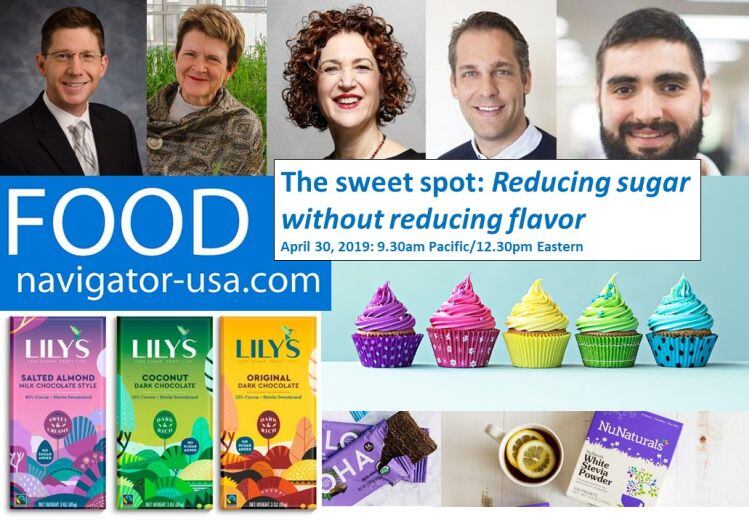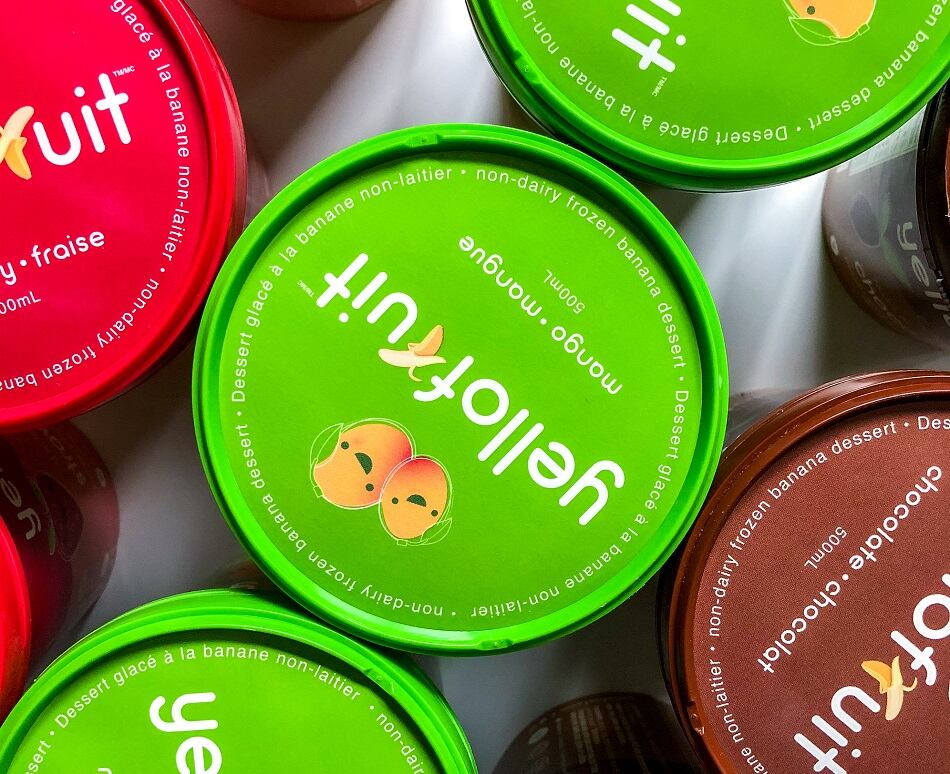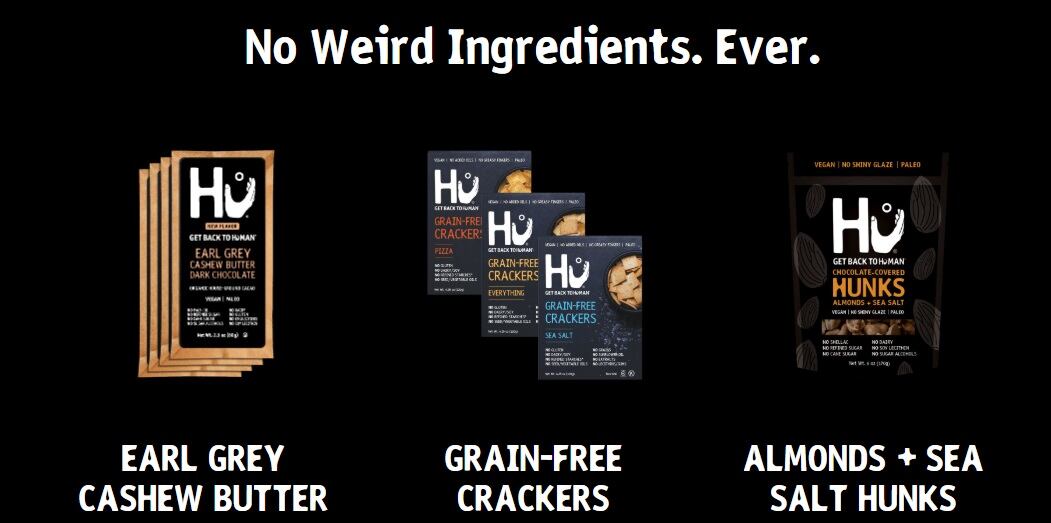The number of prevented cardiovascular disease and diabetes cases during that same period could triple if – as expected – manufacturers also reformulate their products to reduce the amount of added sugar they would need to label, according to the study led by researchers from the Friedman School of Nutrition Science and Policy at Tufts University and the University of Liverpool.
Specifically, they predict by 2037 the label change alone could prevent 354,400 cardiovascular disease cases and 599,300 cases of diabetes – which is equal to an additional 727,000 years of life. This translates to a savings of $31 billion in healthcare costs or $61.9 billion in societal costs, which accounts for reduced and lost productivity and informal care costs.
When the label change is combined with likely reformulation efforts, the researchers predict 708,800 cases of cardiovascular disease and 1.2 million cases of diabetes could be prevented. Effectively saving 1.3 million life-years, $57.6 billion in healthcare costs and $113.2 billion in societal costs.
These savings far outweigh the projected costs of reformulating products and any related policy costs, which the researchers estimated at $4.3 billion.
The projections are based on a validated microsimulation model over a 20 year time frame that used a baseline of no intervention. It used data from National Health and Nutrition Examination Survey cycles, the Center for Disease Control and Prevention and other validated sources, including meta-analyses.
The broad cost of sugar consumption
The label changes, which were first introduced in May 2016 with a two year implementation deadline, were pushed back based on industry feedback to 2020 and 2021 depending on the size of the manufacturer.
The impending changes are based on recommendations in the current dietary guidelines that stem from Americans’ current overconsumption of added sugar, particularly from sugar sweetened beverages, which is associated with several chronic diseases and obesity, according to the study.
“Despite recent declines in added sugar intake in the United States, largely because of reduced [sugar sweetened beverage] consumption, current added sugar intake from SSBs and foods remains high: Americans still consume [more than] 300 kcal/day,” exceeding 15% of total energy and much higher than the recommendation to remain below 10% of total energy, the researchers note.
They added that grain desserts, such as cookies and cakes, are the second largest culprit after sugar sweetened beverages. But unlike policy actions taken to discourage the consumption of SSBs, government has done little to curtail the consumption of other sources of sugar – something the label change would address.
The researchers note that the change to the Nutrition Facts panel could “help to level the playing field for industry and to gradually change public taste preferences.”
They also note that significant projected impact of the change adds a degree of urgency to implementing the new Nutrition Facts label, which currently only a small portion of the industry has implemented ahead of the deadline.
Editor’s note: Learn more about how industry is tackling sugar reduction and how consumers perceive different alternative sweeteners at FoodNavigator-USA’s upcoming free online webinar The Sweet Spot: Reducing Sugar Without Reducing Flavor on April 30 at 12:30 ET. Get all the details and register HERE.





